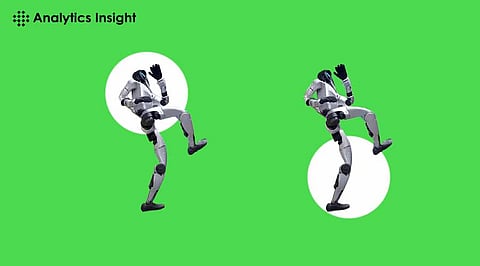

China's Unitree Robotics has achieved a remarkable leap in robotics. This latest development, the G1 humanoid robot, showcases an astonishing ability to perform kung fu movements with precision and balance. This improvement signals a significant stride in the development of artificial intelligence and robotics.
The G1's journey from a nimble dancer to a martial arts expert highlights the fast improvement in this field. Unitree utilized a virtual environment powered by Nvidia's Isaac Simulator to train the AI robot. A digital twin of the G1 was created, allowing it to learn complex behaviors through motion capture and video analysis of human actions. This virtual training was then refined using reinforcement learning. The skills acquired in the virtual world were transferred to the physical robot through a technique known as Sim2Real, which bridges the gap between simulated and real-world actions.
A recent video demonstration showcased the G1's impressive kung fu skills. The robot executed punches, roundhouse kicks, and other complex martial arts techniques with remarkable balance and agility. With 23 degrees of freedom, the G1 demonstrated a truly impressive level of dexterity. This display of martial arts prowess has captured the attention of many as integration of AI advances robotics globally.
Unitree envisions the G1 as more than just a martial arts performer. The company aims to create a versatile machine capable of handling challenging and repetitive tasks in various environments, including homes, factories, and hospitals. This vision aligns with the development of humanoid robots that can serve as helpful companions in both work and daily life.
To further improve the natural movement of its humanoid robots, Unitree has released an open-source full-body dataset. This dataset, compatible with the G1, H1, and H1-2 models, allows the robots to perform human-like motions with enhanced flexibility and coordination. The dataset includes a redirection algorithm that optimizes the robots' movements, considering end-posture constraints, joint positions, and velocity limitations. This open-source approach aims to accelerate the development of humanoid robotics.
The G1's transformation from a dancing robot to a kung fu draw signifies the rapid advancement in humanoid robotics. The combination of sophisticated hardware, advanced AI algorithms, and innovative training techniques like Sim2Real is pushing the boundaries of what these machines can achieve. The demonstration of martial arts skills will increase questions about the future packages and ethical concerns of such superior robotics. As these machines become more capable of mimicking human movements and behaviors, it is important to consider both the potential benefits and potential risks.
Unitree's G1 robot demonstrates the remarkable progress in robotics. The robot's capability to perform complex kung fu moves is a testament to the advancements in AI and simulation. While the martial arts demonstration is impressive, the broader vision of creating versatile robots for everyday tasks is even more significant. As humanoid robots continue to evolve, it is important to consider the implications of their development and ensure that they are used for the benefit of humanity.
